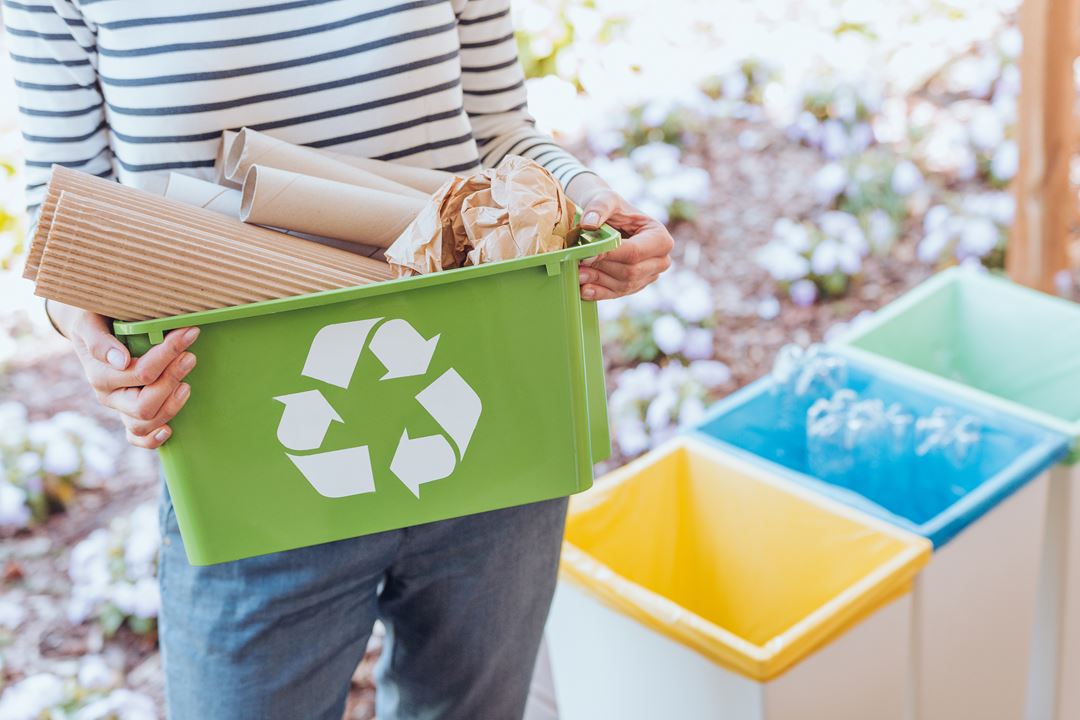Earth is soon to be home to 8 billion people, and many resources, both fossil and renewable, are becoming scarce, particularly now that we are having to address issues related to the environment and sustainability. Therefore, the time has come to promote a circular bioeconomy: increased reuse, increased recycling, and increased research on recovering energy and materials from biomass residue and other waste fractions.
What is a circular bioeconomy?
A circular bioeconomy means that we can successfully recover the majority of biological waste that we throw away, for example, food waste, wood items, leather products, etc. We are already very familiar with some of the ways of doing this, such as energy recovery via combustion, composting and AD (anaerobic digestion) biogas.
There are other solutions that have a lot of potential but require more research and development before they can contribute to a circular bioeconomy. For example, at SINTEF, we are investigating the role that oxyfuel combustion, hydrothermal processes or high-temperature gasification can play in a circular bioeconomy by working with key questions, such as “what will waste look like in the future?” and “how can we combine new and existing technical solutions in order to achieve Norway and the EU’s ambitious climate goals?”.
We still have a long way to go. Fortunately, progress is not about the will of the industry and the public but access to advances and profitable technologies and solutions. We need extensive research and innovation in order to find, develop and commercialise the solutions that will enable us to transition from a linear to a circular society.
Non-renewable materials in municipal solid waste
It is important to note that residual waste (mixed waste from households and businesses) contains a significant amount of non-renewable material (plastic, textiles, etc.) as well as renewable/biogenic waste.
We can address this by aiming to improve how we sort waste fractions and/or developing ways to process different waste fractions simultaneously. Regardless of the chosen method, they should both be approached from a circular perspective. An example of a possible future solution is the chemical recycling of plastic.
We work with the following circular bioeconomy topics:
- Sustainable biomass and biomass residues, incl. food waste
- Waste and biomasses – energy recovery, e.g. district heating, process steam, power, biological fuel, syngas, H2, biogas, etc.
Waste and biomasses – material recovery, e.g. biochar, chemicals, etc. - Use of various residual products and side streams (fly ash, digestate, etc.)
- BECCS – carbon capture and storage
- Regulations, incentives
Our typical projects include:
- Technological development
- Resource mapping and projection
- Strategic support (concept development)
- Circular value chains and concepts
Who do we do this for?
- The waste management industry
- The forestry sector
- The bioenergy industry
- The metallurgical industry
- Industrial clusters
Projects
- KSP-K CircWtE
- FME Bio4Fuels
- KSP-K BioSynGas
- IPN CapeWaste

